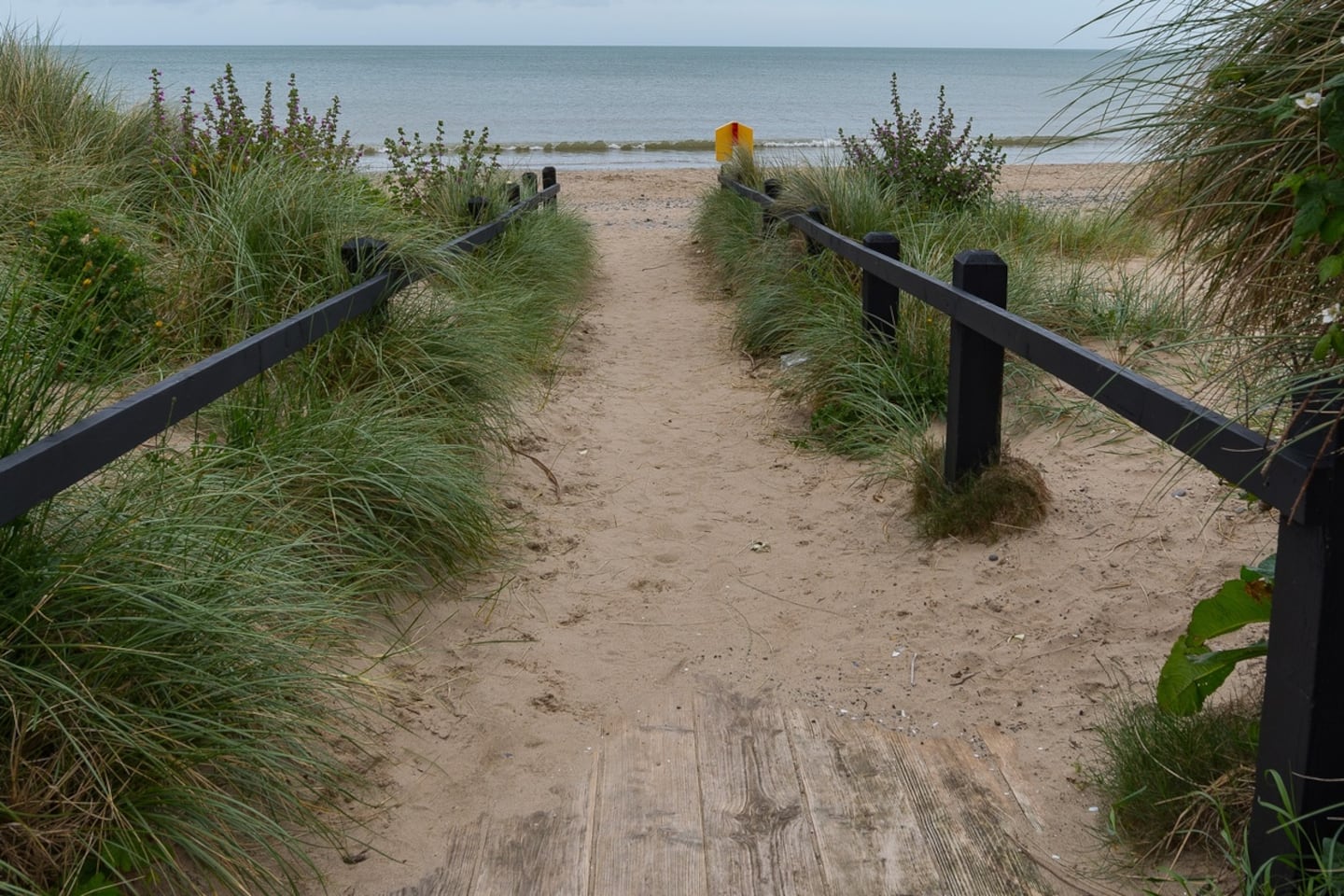The Irish pensions landscape is transforming before our eyes. And not before time. The introduction of the IORP II Directive has placed a greater compliance burden on employers and trustees, while at the same time the reform of the State pension will give workers greater flexibility over their retirement age.
The change that will have the broadest impact is the new system of pension auto-enrolment. It will bring far-reaching implications for every person and business in Ireland.
Not only will it create more than 750,000 new pension savers, but it also offers a once-in-a-generation opportunity to create a fairer and more equitable pensions system. A system that finally addresses the lingering gender gap in pensions.
Research from the Economic and Social Research Institute (ESRI) shows that the gender pensions gap in Ireland stands at 35 per cent. This gap has emerged over time due to differences in income from private and occupational pensions. While more than half of men receive a private pension, less than one in three women receive the same benefit.
READ MORE
This is compounded by the fact that men traditionally spend more years in paid employment than women. Central Statistics Office figures show that 93 per cent of retired men have worked more than 30 years compared with 33 per cent of retired women. Women have in the past been more likely to take time out to raise children or care for a relative. This significantly reduces their opportunity to earn and convert some of that income into pension savings.
Our own evidence at Aon also suggests that women are more risk-averse, particularly when it comes to financial investments, as well as being less likely to have a personalised and well thought out plan for their retirement income.
[ Five steps women can take to ensure they aren’t left short of moneyOpens in new window ]
There are several steps that can be taken to address these issues. Companies can help mitigate the long-term financial impact of savers taking employment breaks or reducing working hours, by increasing communications around the effect that this will have on pension savings. And to look at how they might mitigate against them.
Employers could also consider ways in which to enable women to start saving into their pension pot early to make up for any potential future missed contributions. A greater focus on education can also help inform employees about the options that are available to them in their pension planning.
However, action by pensions’ savers and employers alone will not be enough to close Ireland’s lingering gender gap in pensions.
As we all live longer and face greater levels of expense in our retirement, people will rely more on private and occupational pensions. That’s why there is a growing need for Government, businesses and those in the workforce to work together to confront the inequities within Ireland’s pension landscape and create a system that is fit for the future.
At Aon Ireland, we believe that the auto-enrolment retirement savings scheme being introduced by Government offers a significant opportunity to close the gap that has emerged.
[ Women look to be on the wrong side of auto-enrolment pension provisionOpens in new window ]
The first draft of the scheme would ensure that all employees aged 23-60 years of age earning more than €20,000 and not currently in a private pension are automatically enrolled from next year. The new scheme will see matching employer contributions and a top-up from the State at a rate of €1 for every €3 saved by the employee.
While progress on pension auto-enrolment has been disappointingly slow, it has been given the time and space to improve the scheme and ensure more people can access it. This is something which the Oireachtas Committee on Social Protection sought to do in its latest report.
The committee’s recommendation to remove the lower income threshold and lower the age limit for auto-enrolment to 16 years will help ensure that lower earners – which ESRI data shows us are more likely to be women – are not excluded from the auto-enrolment safety net.
But the report and scheme is a missed opportunity to fully address the gender gap in pensions. We need to look at new ways to mitigate the impact of those taking maternity, paternity or parental leave, as well as addressing the lower levels of pay for women in general.
One possible option would be to specifically include enhanced Government contributions for savers who take maternity, paternity or parental leave. This would help those who take leave without any employer supports to make up for missed contributions.
[ How big a pension will you need? Probably bigger than you thinkOpens in new window ]
While the auto-enrolment scheme takes shape, businesses are still grappling with the new IORP II regime and how best to navigate its new standards and associated costs.
Amid the transformation of Ireland’s pension landscape, it will be important to minimise the burden of responsibility that is placed on businesses. Progress on pension auto-enrolment will need to be accelerated so that employers have the clarity on how the new regime will impact their employees, benefits and policies.
With 2023 set to be a landmark year for pension reform, we have a unique opportunity to make the right decisions to ensure that the gender gap in pensions is eliminated for current and future generations. We must create a fair and more resilient pensions system that works for a greater number of people and business.
Mairead O’Mahoney is head of wealth solutions at Aon Ireland














